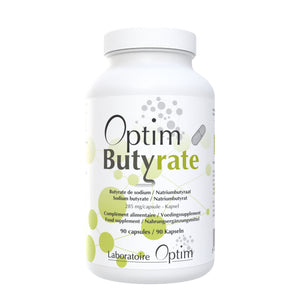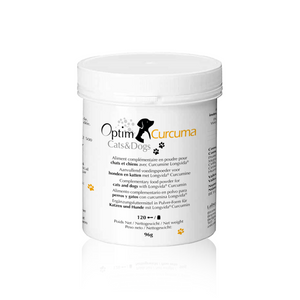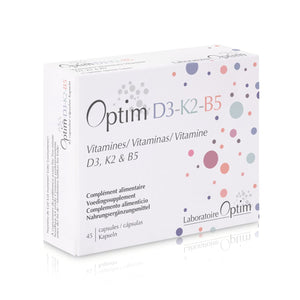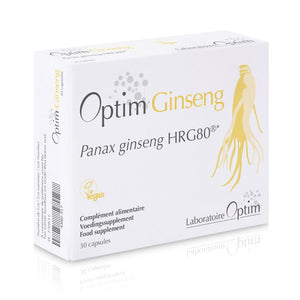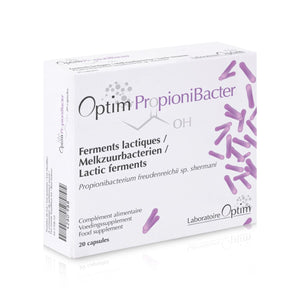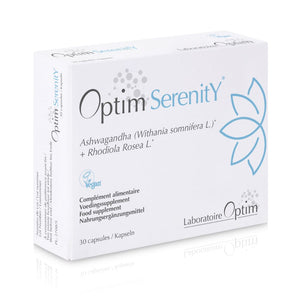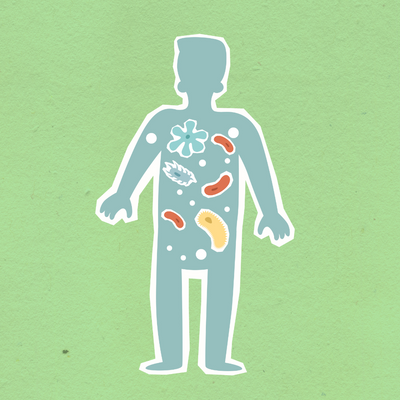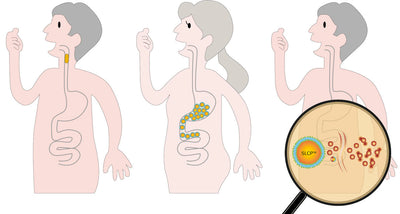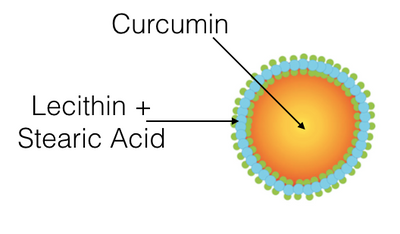Butyrate supplements have gained significant attention for their potential benefits in supporting gut health. As a crucial short-chain fatty acid (SCFA), butyrate plays a vital role in maintaining the normal functioning of the gut
The science behind butyrate and its different supplement forms highlights the importance of formulation technology in supplement development.
What is Butyrate?
Butyrate, also known as butyric acid, is a short-chain fatty acid naturally produced in our gut during the fermentation of dietary fibres by intestinal bacteria.
It serves as the primary energy source for colonocytes (cells lining the colon) and plays a crucial role in maintaining gut function.
Types of Butyrate Supplements
The supplement market offers several forms of butyrate supplements.
Sodium butyrate supplements are among the most common.
Learn more about : Optim Butyrate
The Science Behind Butyrate
Butyrate is a short-chain fatty acid with four carbon atoms, represented by the chemical formula C4H8O2.
Butyrate occurs naturally in butter, where it exists as butyrin at concentrations of 3-5%. In the body, butyrate is primarily produced through bacterial fermentation of dietary fibers in the gut.
Natural Butyrate Production in the Gut
The human body produces butyrate through a complex process involving gut bacteria and dietary fiber. This natural production relies on specific bacterial species in the gut microbiome.
The process is heavily influenced by daily dietary fiber intake and overall gut health.
Understanding this natural production process has informed the development of modern butyrate supplements.
Role of Short-Chain Fatty Acids
Butyrate belongs to the family of short-chain fatty acids (SCFAs), which includes acetic acid (C2) and propionic acid (C3).
These compounds are produced naturally in the gut through bacterial fermentation of dietary fiber.
The scientific understanding of SCFAs has significantly influenced butyrate supplement formulation.
Supplement Absorption Factors
The effectiveness of butyrate supplements depends largely on their formulation technology and delivery method.
The release location within the digestive system plays a crucial role in supplement effectiveness.
Individual digestive conditions can also impact how well the supplement is absorbed and utilized by the body. These factors have driven innovation in butyrate supplement technology.
Scientific References
- Koh A, et al. (2016). From Dietary Fiber to Host Physiology: Short-Chain Fatty Acids as Key Bacterial Metabolites. Cell, 165(6):1332-1345.
